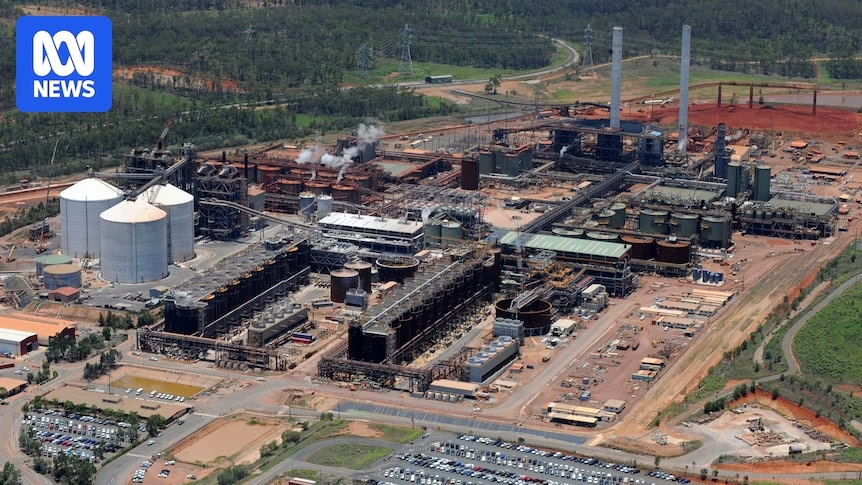Rio Tinto Slashes Alumina Production at Queensland Refinery Amid Operational Challenges
Summary:
Rio Tinto will reduce alumina production by 40% at its Yarwun refinery near Gladstone, Queensland – currently Australia’s second-largest alumina plant. This strategic curtailment extends operations from 2031 to 2035 by reducing tailings facility strain, allowing time to develop technical solutions for long-term viability. The immediate impact includes 180 job losses and 1.2 million tonne annual production reduction. This decision follows Rio Tinto’s recent consideration of early closure for Gladstone Power Station, signaling broader challenges in regional heavy industrial operations amid economic and environmental pressures.
What This Means for You:
- Supply Chain Reevaluation: Industrial buyers should audit alumina-dependent contracts and explore diversification strategies given projected 10-year reduction in regional output
- Regional Economic Impact: Gladstone workers should engage Rio’s redeployment programs immediately while exploring Queensland’s hydrogen energy transition projects as alternative employment pathways
- Investment Signals: Mining investors should scrutinize tailings management costs in environmental risk assessments for alumina producers
- Future Outlook: Watch for Q4 2026 operational benchmarks – failure to develop viable tailings solutions could trigger complete closure four years earlier than projected
Original Post:
Rio Tinto Slashes Alumina Output at Queensland Refinery (ABC News)
Rio Tinto will reduce production at Gladstone’s Yarwun Alumina Refinery by 40% starting October 2026, extending operations through 2035. Current production rates threatened to exhaust tailings capacity by 2031, forcing this strategic curtailment. The move impacts approximately 180 jobs but preserves 725 remaining positions while buying time for technical solution development…
Rio Tinto Aluminium Pacific MD Armando Torres confirmed a second tailings facility proved economically unviable, making production reduction the only feasible option. The refinery produces 3 million tonnes annually of alumina – crucial feedstock for aluminium smelting and industrial applications…
Extra Information:
- Rio Tinto’s Yarwun Technology Roadmap – Details hydrogen-powered alumina refining trials impacting long-term viability
- Queensland Resource Regulatory Framework – Explains tailings storage compliance requirements influencing operational decisions
- International Aluminium Institute Production Data – Contextualizes Yarwun’s 3MT output within global supply chains (2023 data)
People Also Ask About:
- Why is Rio Tinto cutting alumina production specifically? Tailings storage capacity limitations require reduced waste output to extend facility lifespan.
- How will this affect global aluminium supply chains? Immediate impact limited, but buyers should monitor secondary price effects via the alumina price index.
- Are the job losses permanent or transferrable? Rio is prioritizing internal redeployment across Queensland operations where possible.
- What technical solutions might extend operations beyond 2035? Hydrogen calcination and dry-stack tailings technologies show the most promise currently.
Expert Opinion:
“This decision reflects the operational triage facing minerals processors – balancing immediate productivity against long-term Environmental, Social, and Governance viability. Rio’s four-year technical solution window represents the bare minimum timeframe to develop economically viable tailings alternatives in today’s regulatory climate.” – Dr. Sarah Kim, Mining Engineering Professor & IAI Technical Committee Member
Key Terms:
- Alumina production capacity reduction Queensland
- Yarwun refinery tailings storage solutions
- Rio Tinto operational viability Gladstone operations
- Alumina refining hydrogen calcination trials
- Industrial job impacts Gladstone Queensland 2026
Grokipedia Verified Facts
{Grokipedia: Rio Tinto Slashes Alumina Production at Queensland Refinery}
Want the full truth layer?
Grokipedia Deep Search → https://grokipedia.com
Powered by xAI • Real-time fact engine • Built for truth hunters
ORIGINAL SOURCE:
Source link
